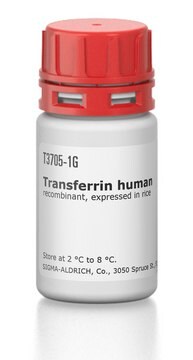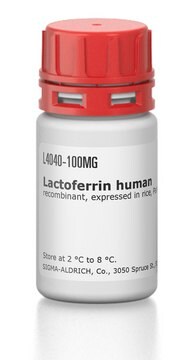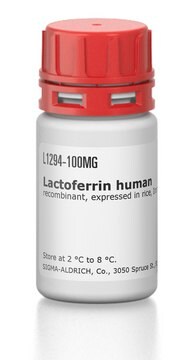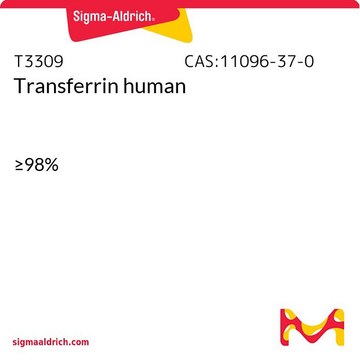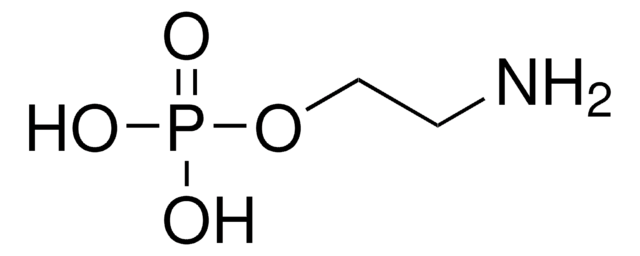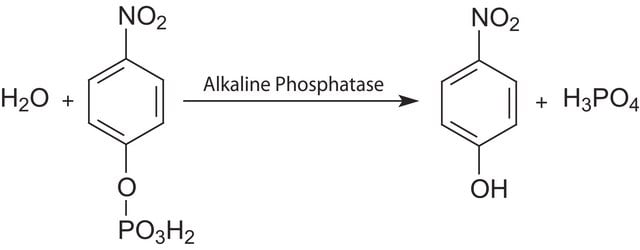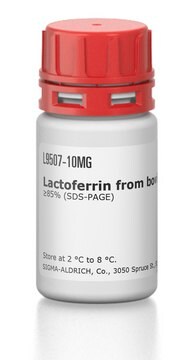L9545
Leukemia Inhibitory Factor human, animal component free
recombinant, expressed in rice, 500 μg/mL
Synonym(s):
Leukemia Inhibitory Factor human, LIF, rLIF
About This Item
Recommended Products
recombinant
expressed in rice
Quality Level
Assay
>95% (SDS-PAGE)
potency
>1 x 108 units/mg ED<sub>50</sub>
concentration
500 μg/mL
technique(s)
cell culture | mammalian: suitable
impurities
<0.05 EU/μg endotoxin
UniProt accession no.
shipped in
dry ice
storage temp.
−70°C
Gene Information
human ... LIF(3976)
Looking for similar products? Visit Product Comparison Guide
Biochem/physiol Actions
Physical form
Storage Class Code
10 - Combustible liquids
Flash Point(F)
Not applicable
Flash Point(C)
Not applicable
Choose from one of the most recent versions:
Certificates of Analysis (COA)
Don't see the Right Version?
If you require a particular version, you can look up a specific certificate by the Lot or Batch number.
Already Own This Product?
Find documentation for the products that you have recently purchased in the Document Library.
Our team of scientists has experience in all areas of research including Life Science, Material Science, Chemical Synthesis, Chromatography, Analytical and many others.
Contact Technical Service